 PARIS-A European supply vessel carrying over five tons of freight docked with the International Space Station (ISS) on Thursday in a major advance for Europe's space program.
PARIS-A European supply vessel carrying over five tons of freight docked with the International Space Station (ISS) on Thursday in a major advance for Europe's space program."I am incredibly proud of and pleased for our European partners with this demonstration of a successful automated docking of the ATV (Automated Transfer Vehicle) cargo vehicle with the ISS," NASA Administrator Michael Griffin said.
"Only Russia has previously achieved a successful automated docking in space...The ATV marks the arrival of Europe as a full-fledged space power," Griffin said in a statement.U.S. space shuttles are due to be taken out of service in 2010 leaving a gap of several years before the U.S. puts into operation a new generation of spacecraft expected in 2015.Four more European ATV's are being planned, but more may be needed to keep the space station supplied.In a news conference from Houston, NASA official Brian Smith described the docking as "an outstanding mission."
"JULES VERNE"
Dubbed 'Jules Verne' in honor of the visionary 19th century French science fiction writer, officials are counting on the ATV program, in which $2 billion has been invested so far, to open the way to further European space exploration.The ATV, built by a consortium led by the space unit of aerospace group EADS, carries three times the cargo of Russia's Progress vehicle and will play a major role supplying the ISS.The ATV will remain docked to the space station for six months as astronauts remove its cargo and fill it with rubbish from the station. It carries food, water, supplies and fuel.It will then be thrust back toward earth, burning up on re-entry. Any remaining debris will be targeted to a remote area of the Pacific Ocean.The ATV will also be used as a 'space jack'. Residual gravity from the earth causes the space station to fall about 2.5 kilometers (1.5 miles) a month. Jules Verne will ignite thrusters to lift the station back to a higher altitude.Thursday's docking with the ISS was overseen by control stations in France, the United States and Russia. The two vehicles traveled at 28,000 km per hour, underlining the technical challenge of the maneuver."One of the strategic reasons why the ESA was so keen to have its own ATV was that this technology is exactly the kind you need to go and rendezvous with Mars," said John Ellwood, ESA's ATV Project Manager in a Web cast transmission."We are going to have to have automatic rendezvous and docking near Mars. And ATV shows that the technology works and that we can do it in Europe," Ellwood said.The ATV was launched aboard an Ariane-5 rocket from Europe's spaceport in Kourou, French Guiana on the northeast coast of South America on March 9.The space station, which is about 60 percent complete, is a $100-billion project by 15 nations. Next year, the station's crew is expected to go from three to six members.The ISS has regularly come in for criticism because of the rising costs linked to keeping astronauts permanently in space. Critics say unmanned space exploration would achieve equal scientific results at a considerably lower cost.
http://www.reuters.com/article/scienceNews/idUSL0177754720080403?feedType=RSS&feedName=scienceNews&rpc=22&sp=true
As in the days of Noah....















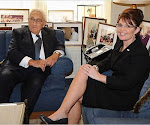



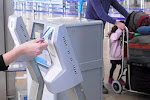


















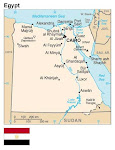
























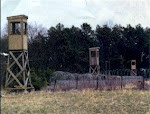









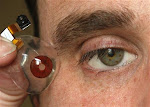












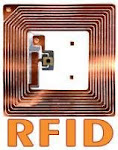.bmp)

























.bmp)